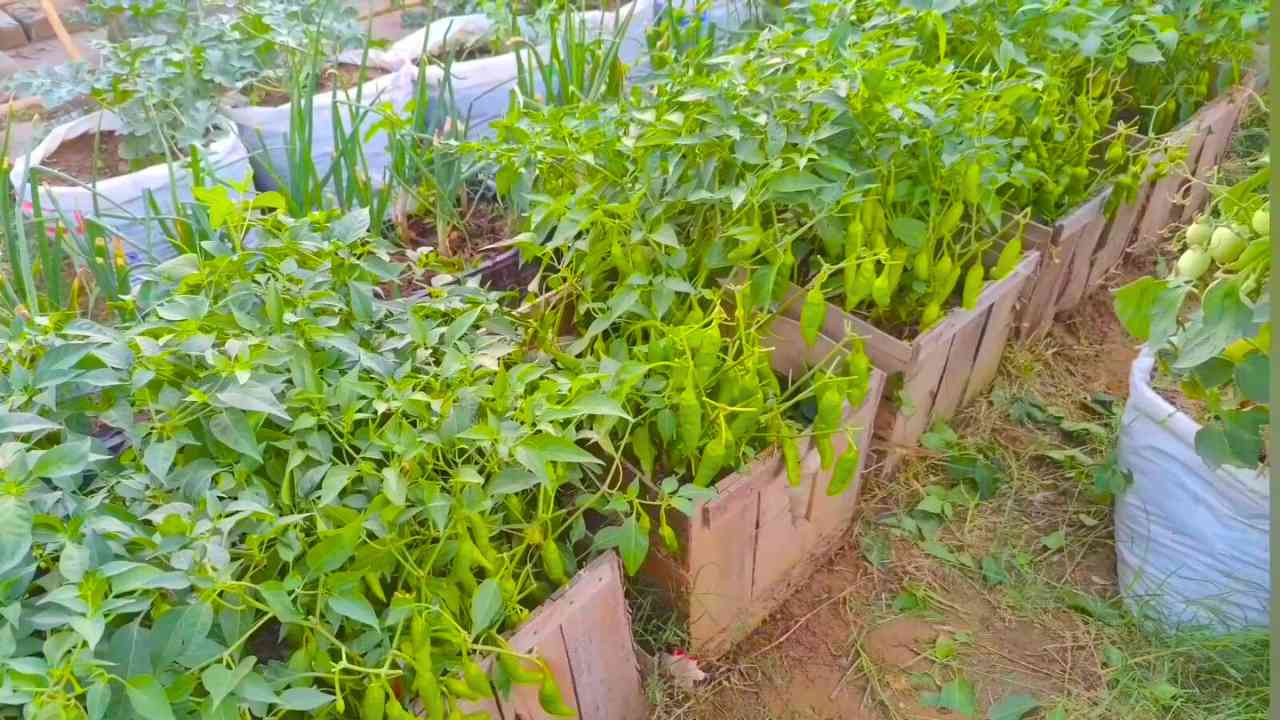When you grow your chili or pepper plants, you feel so good about yourself. Making a chili or a bell pepper is not a hard or fast process. The process is easier than you think, and the results are well worth it. With a little planning and care, you can have a yard that grows lots of tasty food. Let’s discuss a practical and gentle method for cultivating these stunning plants from seedlings, ensuring they have the best possible start.
Preparing the Planting Bed: Laying the Foundation for Growth
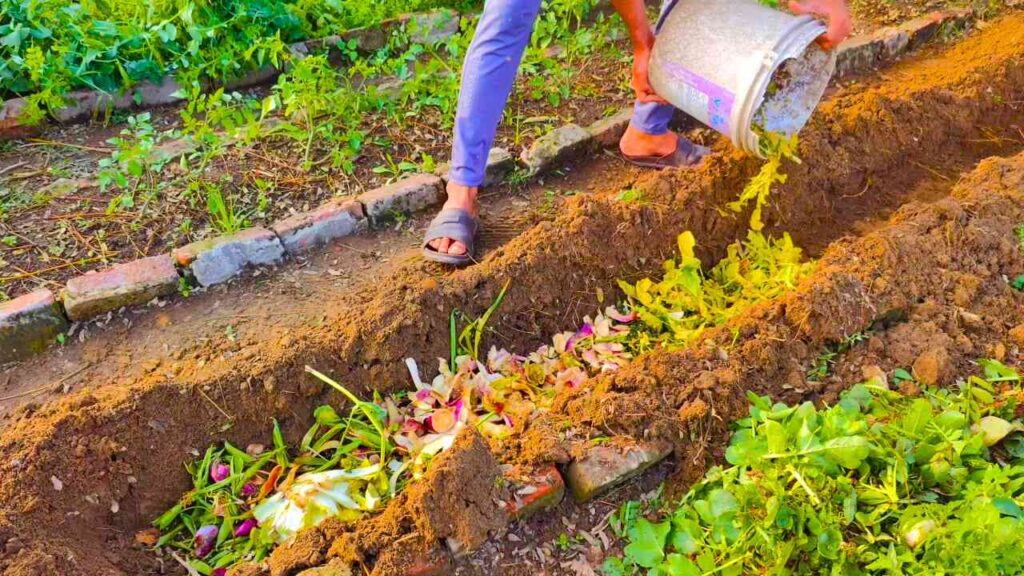
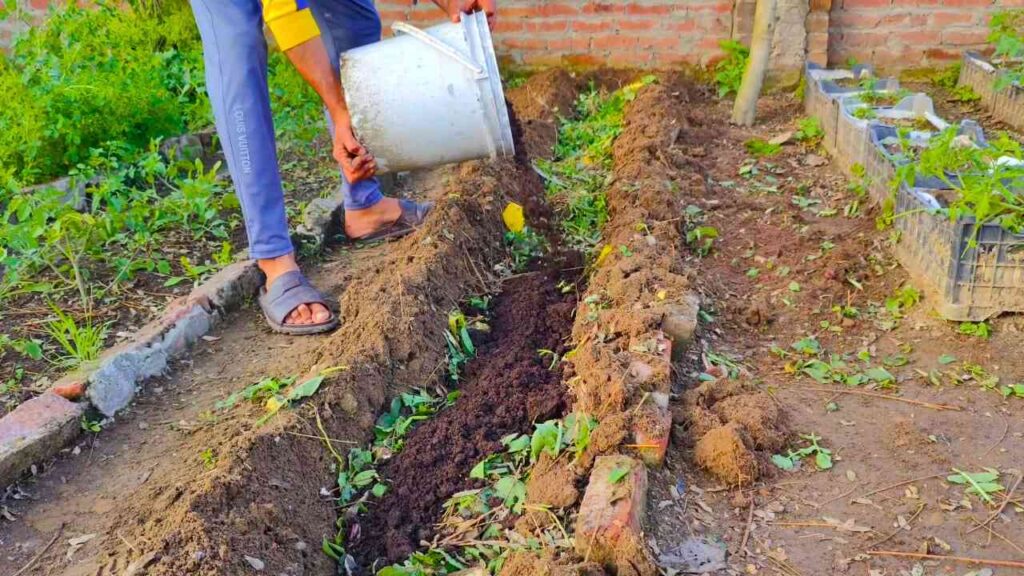
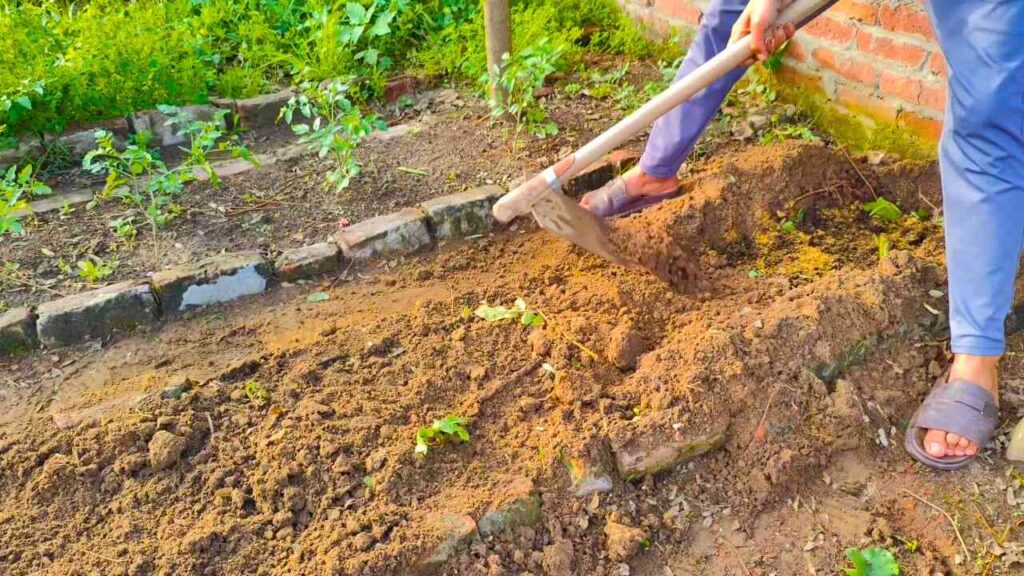
It’s important to make sure a sprout has a healthy place to live before you even think about planting it. Begin by adding layers of vermicompost to your garden bed. This type of compost is full of microbes and minerals that are good for plants. But don’t worry if you don’t have vermicompost on hand. Well-decomposed compost or old manure will work just fine. The important thing is to pick organic materials that help keep water in the soil and improve its structure and appearance. As your plant starts to grow, this rich top layer supports it with nutrition, like a cushion, setting the stage for strong, healthy growth.
Adding blood meal to the soil: a nitrogen boost for young plants
Before you put in your seedlings, you need to make sure each hole is ready for them. It’s time to give your young plants a big early boost. Sprinkle a little blood meal into each hole. Blood meal is naturally high in nitrogen and speeds up the growth of leaves and stems, which is just what young seedlings need as they start their trip. In addition to making your plants’ leaves look lush, blood meal slowly makes your soil more fertile by releasing nutrients over time. This process helps your plants stay healthy over time. This little thing will help your tomatoes and peppers grow into strong plants that produce lots of food.
How to Take Care of Nursery Seedlings: Keep Them Hydrated
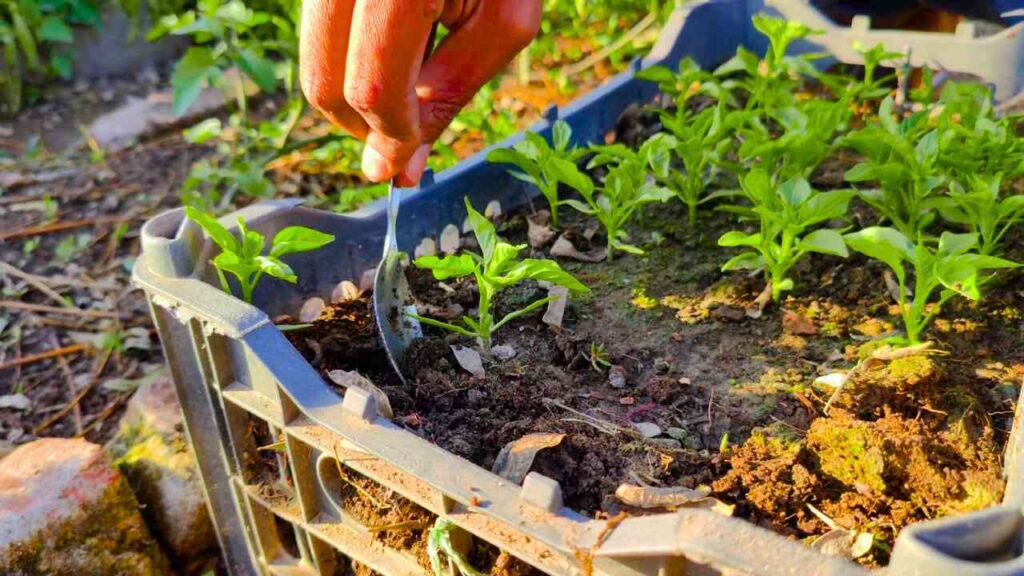
The picture below may have shown you how to keep the seedlings in a jug of water. This technique isn’t just for looks; it’s a very smart way to keep bare-root plants healthy. Nursery plants don’t always come with a dirt ball around the roots, which means the roots are sometimes left open and can dry out. Roots can survive a long trip or wait to be planted if you put them in water. Your seedlings will have a better chance of doing well once they’re in the ground if you follow this simple trick.
Putting seedlings in their new homes with care and accuracy
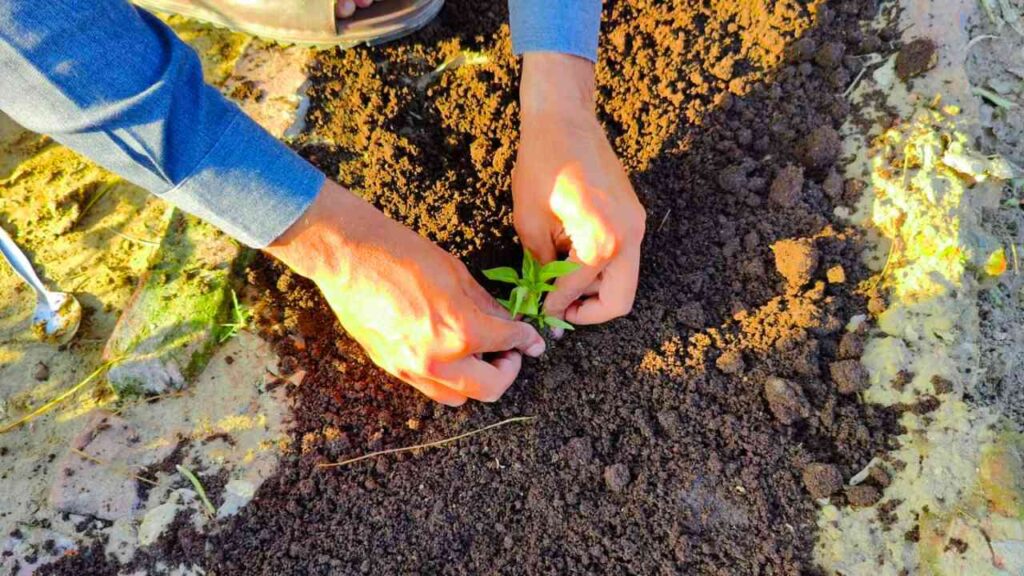
Be careful with the seedlings when it’s time to put them in. When you handle roots roughly, you can hurt them more than help them. Be careful when you put each seedling into the hole you’ve already made. Make sure the roots are spread out naturally, not bent or squished. Cover the roots of the plant with dirt and lightly press it down to keep the plant in place and make sure the roots are in good contact with the soil. This link is crucial because it lets the plant get water and food right away, which helps it get used to its new home.
How to Water Wisely: Helping Plants Adapt and Do Well
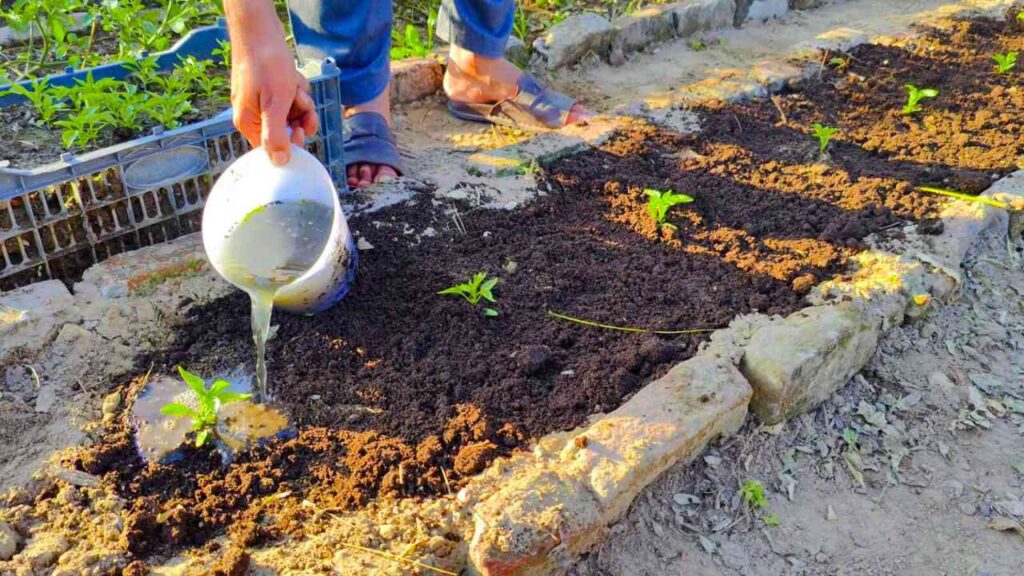
After planting, give the place a lot of water. The first deep watering does two important things: it helps the dirt settle around the roots, and it helps the plant get used to its new home, which lowers the risk of transplant shock. For the first two weeks, it’s important to keep the soil regularly moist to help the roots grow. Still, don’t water too much—soggy dirt can kill the roots and cause problems like root rot. To find the right level of moisture, the dirt should feel damp but not soaked.
As your plants adjust to the soil and begin to grow over time, you can gradually switch to a regular watering routine suitable for your area.
Putting It All Together: Making Growing Easy and Fun
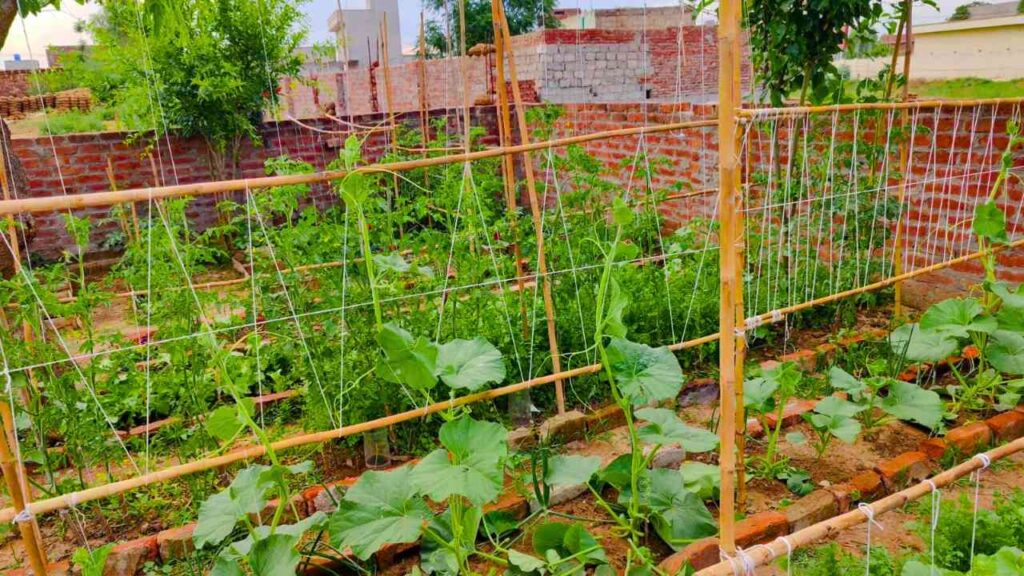
It doesn’t have to be difficult to grow chili or pepper plants. You can grow strong, healthy plants that produce beautiful food with a little planning, careful attention, and the right organic inputs. Starting with nutrient-dense soil, adding nitrogen with blood meal, keeping roots moist to protect them, and planting carefully are all parts of a simple but effective routine.
Not only is this way great for beginners, it also gives you a lot of freedom. Every gardener should have the pleasure of seeing their seeds grow into useful plants and picking their own fresh chilies or peppers.
You should share this guide with other gardeners if you liked this method or found it useful. Remember to subscribe to the page or channel for additional practical gardening tips and ideas to maintain the health of your garden.

